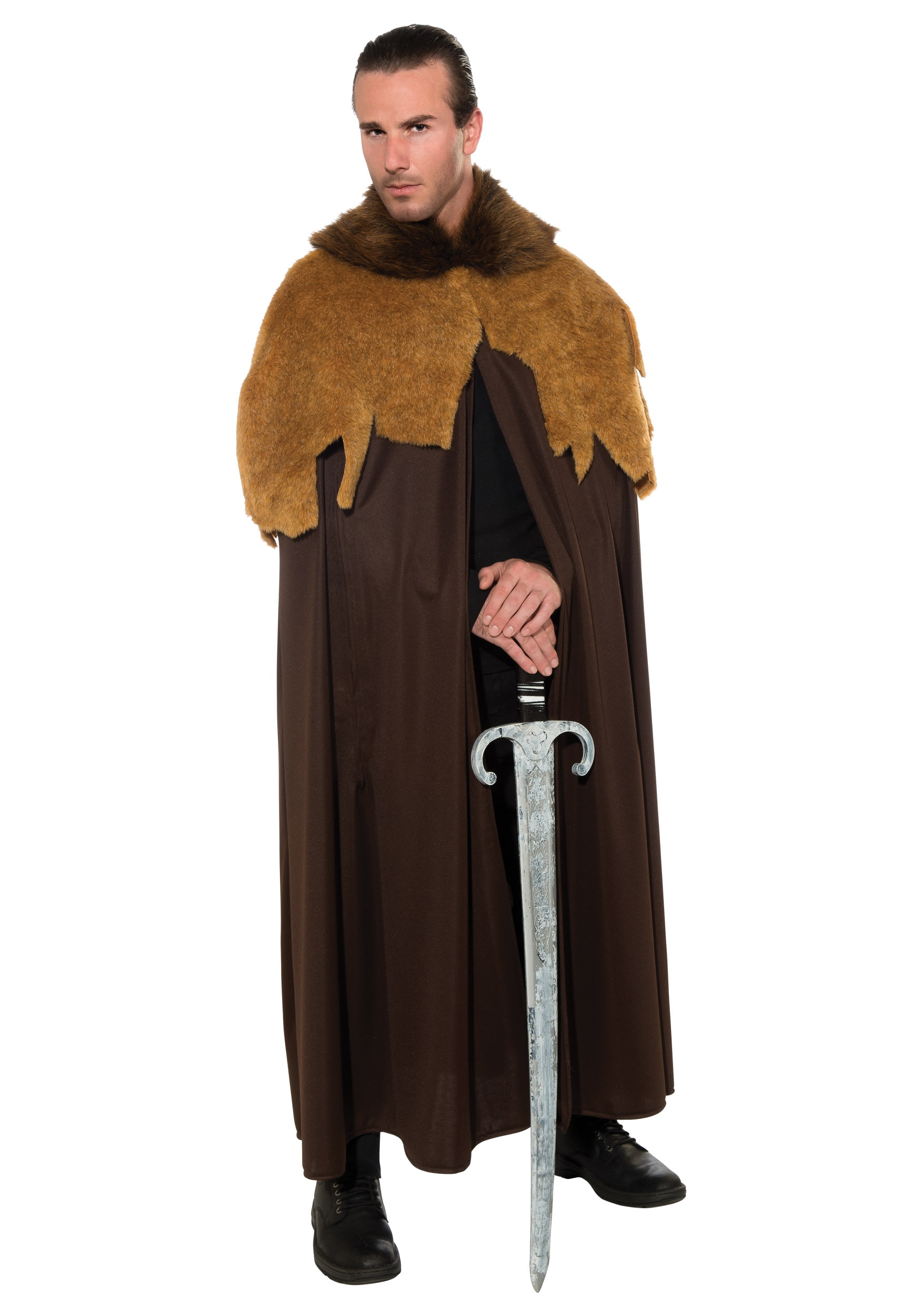

A similar sort of garment is worn by the members of the Fellowship of the Ring in The Lord of the Rings by J.
#Medieval cloak series#
For example, they may grant the person wearing it invisibility as in the Harry Potter series by J. When Lugosi reprised his role as Dracula for the 1931 Universal Studios motion picture version of the play, he retained the cloak as part of his outfit, which made such a strong impression that cloaks came to be equated with Count Dracula in nearly all non-historical media depictions of him.įantasy cloaks are often magical. They are also usually associated with witches, wizards, and vampires the best-known stage version of Dracula, which first made actor Bela Lugosi prominent, featured him wearing it so that his exit through a trap door concealed on the stage could seem sudden. Louvre Museum, Paris.Īccording to the King James Version of the Bible, Matthew recorded Jesus of Galilee saying in Matthew 5:40: "And if any man will sue thee at the law, and take away thy coat, let him have thy cloke also." The King James Version of the Bible has the words recorded a little differently in Luke 6:29: ".and him that taketh away thy cloke, forbid not to take thy coat also."Ĭloaks are a staple garment in the fantasy genre due to the popularity of medieval settings, although fantasy cloak designs normally have more resemblance to 18th or 19th-century cloaks rather than medieval ones.

Opera cloak Ĭouple hiding under the same cloak, fragment of an Ancient Greek red-figure cup, ca. The more elaborate and colorful tilmàtlis were strictly reserved for elite high priests, emperors and the Eagle warriors as well as the Jaguar knights. Cloth and clothing was of utmost importance for the Aztecs. Powerful noblemen and elite warriors of the Aztec Empire would wear a tilmàtli a Mesoamerican cloak/cape used as a symbol of their upper status.

The toga was claimed to have originated with Numa Pompilius, the second king of Rome. It was denied to foreigners and was worn by magistrates on all occasions as a badge of office. Romans of the Republic would wear the toga as a formal display of their citizenship. The pallium was quadrangular, shaped like a square, and sat on the shoulders, not unlike the himation. Romans would later wear the Greek-styled cloak, the pallium.

Greek men and women wore the himation, from the Archaic through the Hellenistic periods (c. History Īncient Greeks and Romans were known to wear cloaks. Thus the word is related to the word clock. The word cloak comes from Old North French cloque ( Old French cloche, cloke) meaning "travelling cloak", from Medieval Latin clocca "travelers' cape," literally "a bell," so called from the garment's bell-like shape.


 0 kommentar(er)
0 kommentar(er)
